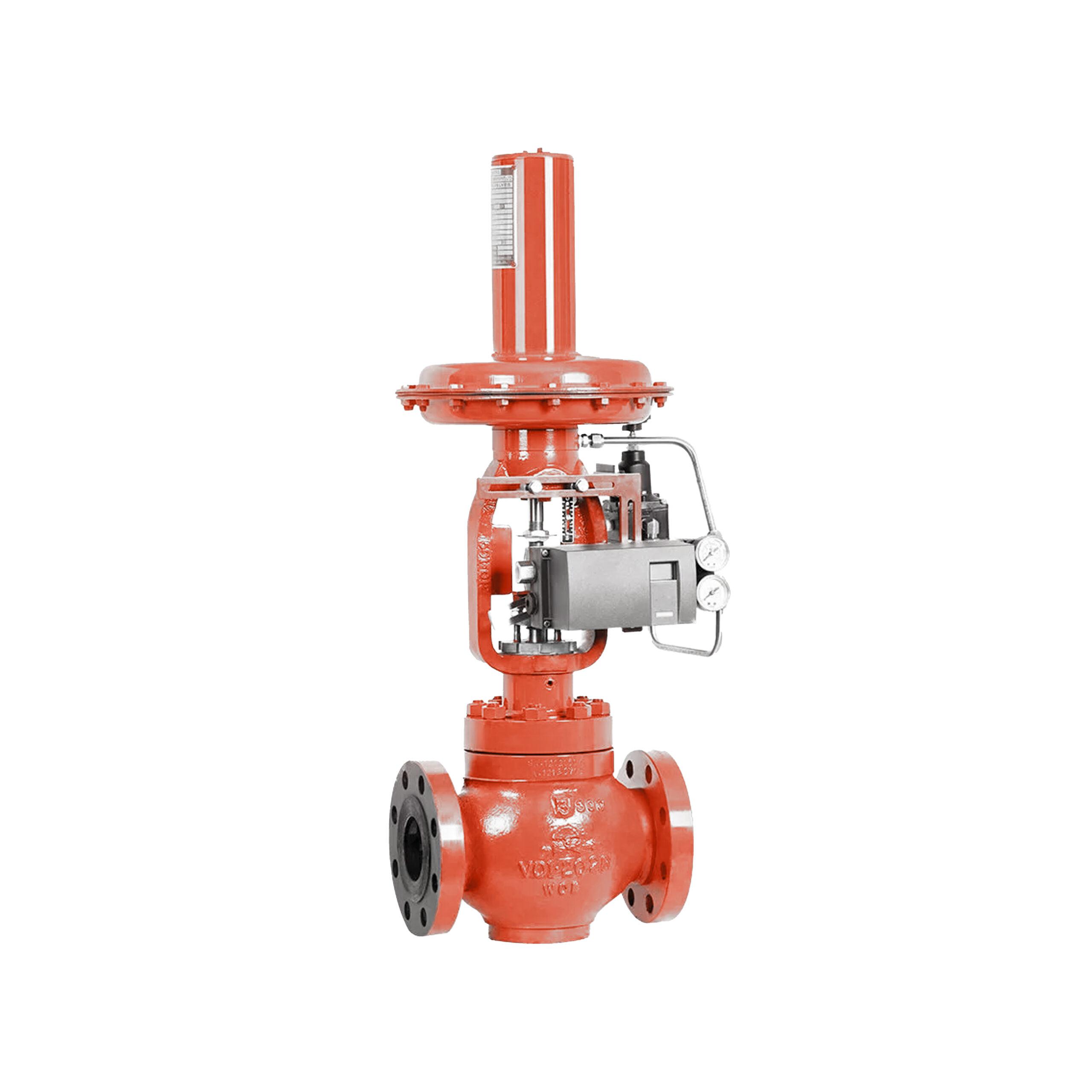How Control Valves Impact Power Performance in Industrial Settings
How Control Valves Impact Power Performance in Industrial Settings
Blog Article

Maximize Energy Cost Savings and Convenience With Advanced Building Automation Controls
In the realm of modern design and facility administration, the combination of innovative building automation manages stands as an essential advancement. The convergence of technology and sustainability has birthed a new age where energy efficiency, convenience optimization, and operational streamlining are no more possible truths but distant goals. By taking advantage of the power of automation, structures can adapt, react, and develop in manner ins which were as soon as unbelievable. The capacity for substantial power financial savings and enhanced convenience is not just a possibility yet an assurance waiting to be met. This standard shift in structure administration holds the essential to unlocking a globe where environmental conscientiousness and owner wellness sympathetically exist together within the wall surfaces of our structures.
Energy Efficiency Conveniences
Energy effectiveness benefits can significantly reduce power usage and functional prices in structures. Energy-efficient systems, such as innovative structure automation controls, can maximize the use of resources like cooling, lighting, and home heating, leading to lower power expenses over time.
In addition, enhanced power efficiency can extend the lifespan of building equipment and systems. By running much more successfully, cooling and heating systems, lighting components, and other building components experience much less deterioration, resulting in lowered maintenance and substitute expenses. In addition, energy-efficient buildings commonly command greater building worths and rental rates, providing long-term monetary benefits to proprietors.
In addition, energy effectiveness can boost occupant convenience and efficiency. Effectively controlled indoor settings with optimal illumination and thermal conditions produce a more helpful and positive workspace, bring about boosted employee complete satisfaction and performance. Overall, the power effectiveness benefits connected with advanced building automation controls are multifaceted, incorporating cost savings, environmental stewardship, and occupant health.
Improved Convenience Control
Enhancing comfort control in building atmospheres requires a sophisticated assimilation of innovative automation systems for optimal resident well-being. By making use of sophisticated building automation controls, centers can tailor the interior environment to fulfill the certain needs and choices of owners. control valves.
By integrating these innovative controls, structures can not only enhance comfort yet additionally improve power effectiveness by maximizing system operations based on actual tenancy and usage patterns. Inevitably, focusing on resident convenience with innovative automation systems leads to a more satisfying and healthier interior setting.
Operational Performance Improvements

Moreover, the implementation of real-time surveillance and analytics devices enables structure operators to recognize energy inefficiencies and functional anomalies without delay. By continually monitoring power usage patterns and system performance metrics, changes can be made in real-time to enhance power usage and ensure peak functional performance. control valves. Furthermore, incorporating demand reaction approaches into building automation controls can further boost operational performance by dynamically changing power usage based upon grid conditions and prices signals
Indoor Environment Optimization
Reliable indoor climate optimization is a fundamental facet of building automation controls, making sure owners' comfort and wellness while optimizing energy cost savings. By making use of sophisticated sensing units and controls, building automation systems can continuously keep track of and readjust temperature level, humidity degrees, air top quality, and ventilation to create an optimal interior atmosphere. Keeping regular and comfortable conditions not only improves occupant satisfaction however likewise boosts efficiency and total health.
Interior environment optimization also plays an important function in energy effectiveness. By fine-tuning heating, air flow, and air conditioning systems based on real-time information and tenancy patterns, developing automation controls can substantially lower power usage - control valves. Implementing strategies such as demand-controlled air flow and thermal zoning can help minimize power waste while guaranteeing that each area of the building receives the required conditioning.

Sustainable Environment Creation
Building automation controls not just maximize interior climate conditions for energy efficiency and occupant convenience however likewise lay the foundation for producing a sustainable setting with tactical monitoring of sources and systems. By incorporating innovative structure automation dig this technologies, such as sensing units, actuators, and smart software, facilities can adjust and monitor energy use in real-time to reduce waste and reduce their carbon impact. These systems allow predictive upkeep, recognizing prospective concerns before they escalate and maximizing equipment performance to enhance longevity and effectiveness.
Moreover, lasting environment creation expands beyond energy management to encompass water conservation, waste reduction, and indoor air quality renovation. Building automation controls can control water usage, identify leaks, and guarantee appropriate waste disposal practices, adding to overall sustainability efforts. Additionally, by keeping track of and controlling air flow and purification systems, these modern technologies enhance resident health and wellness and efficiency while reducing energy usage associated with HVAC operations.
Conclusion
To conclude, progressed building automation controls deal considerable advantages in terms of energy financial savings, convenience control, operational efficiency, interior climate optimization, and creating a sustainable setting. By applying these controls, buildings can accomplish optimum efficiency while reducing energy usage and boosting owner convenience. It is noticeable that making use of sophisticated automation technology is critical in read more enhancing building performance and creating a more sustainable future.
Energy effectiveness advantages can considerably lower energy usage and functional prices in structures. On the whole, the power performance benefits connected with innovative building automation controls are multifaceted, encompassing cost savings, ecological stewardship, and owner well-being.
Additionally, integrating demand feedback techniques right into building automation controls can even more boost functional performance by dynamically readjusting energy usage based on grid conditions and pricing signals.
Building automation manages not only maximize interior climate problems for energy effectiveness and occupant comfort yet likewise lay the foundation for developing a lasting environment via critical monitoring of systems and sources.In final thought, progressed building automation controls deal considerable benefits in terms of power cost savings, comfort control, operational effectiveness, interior see this page environment optimization, and creating a sustainable environment.
Report this page